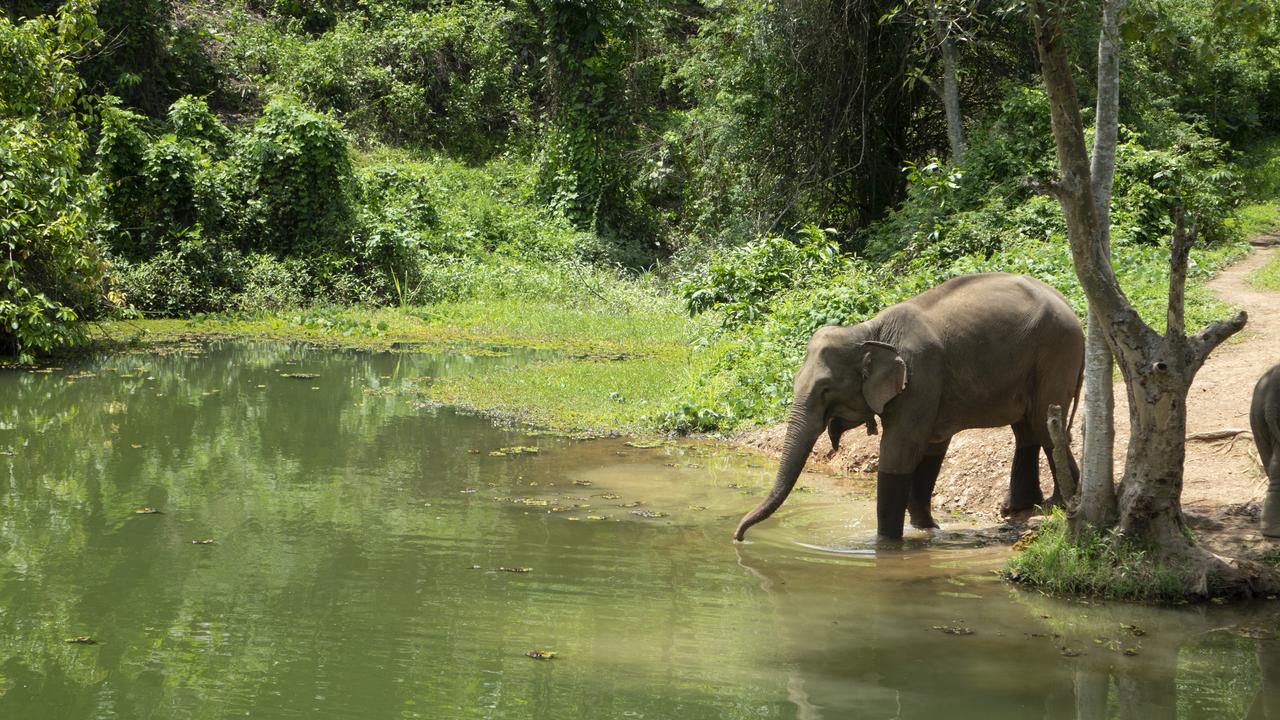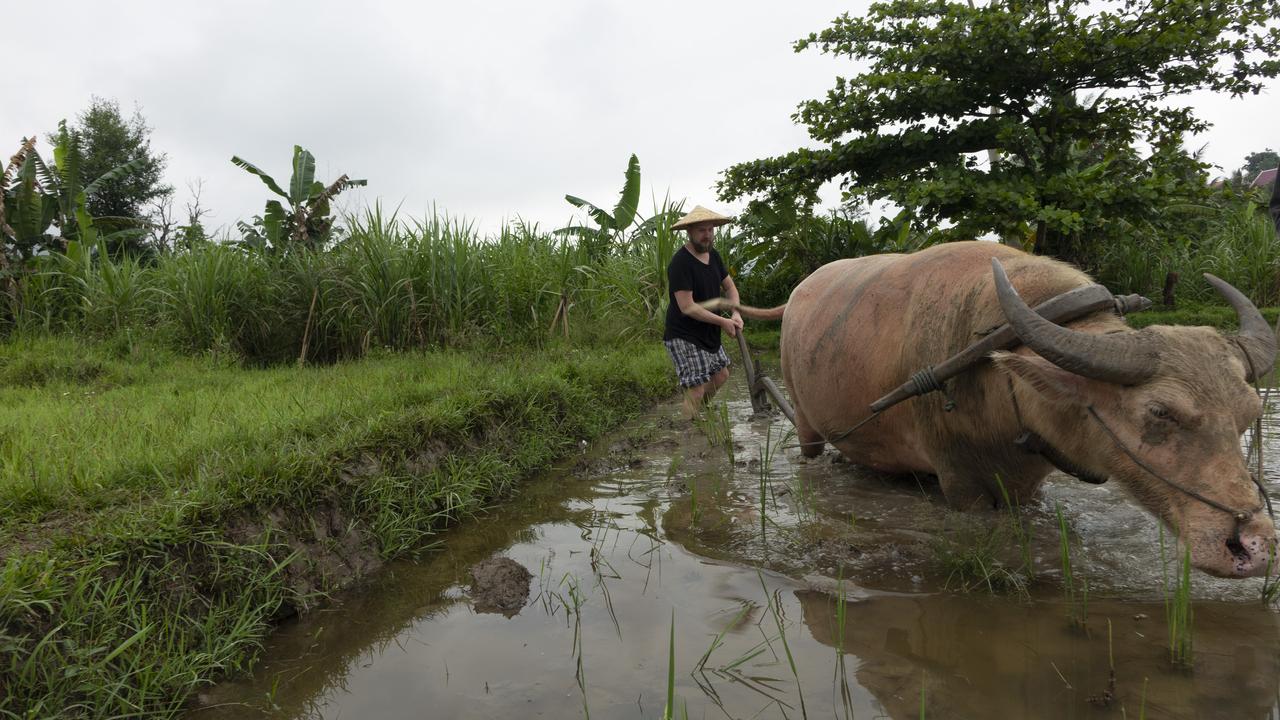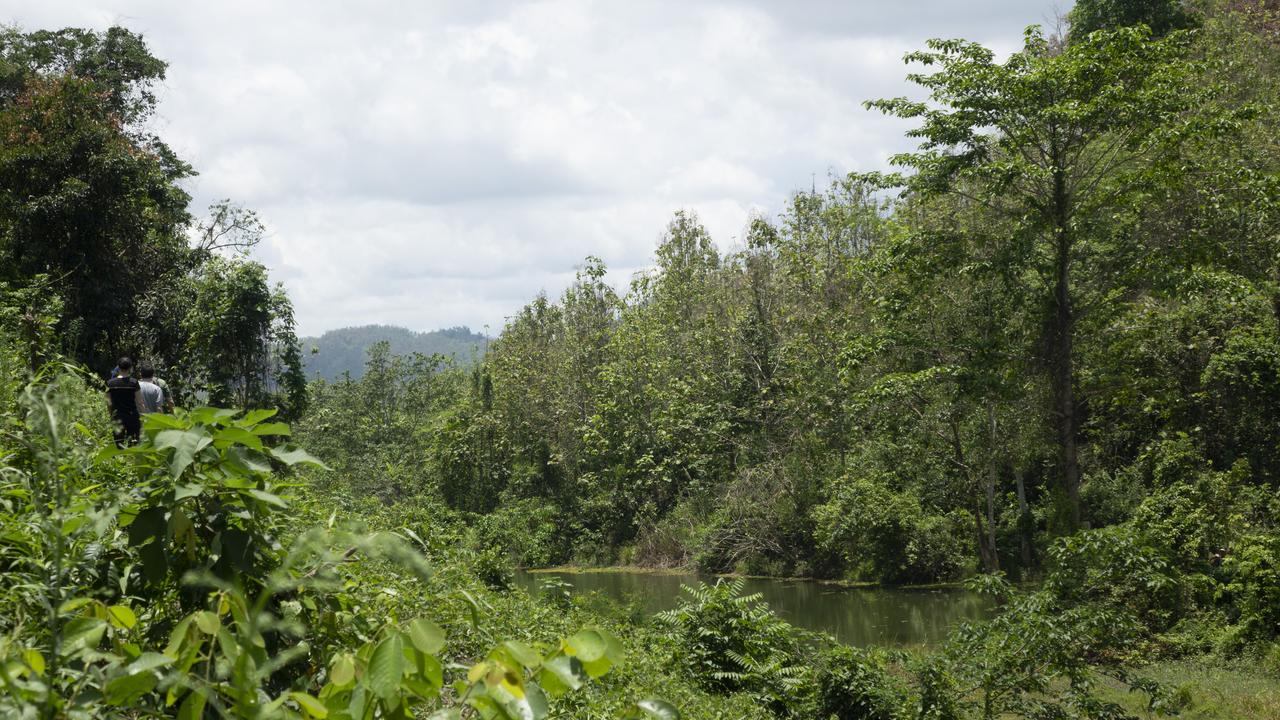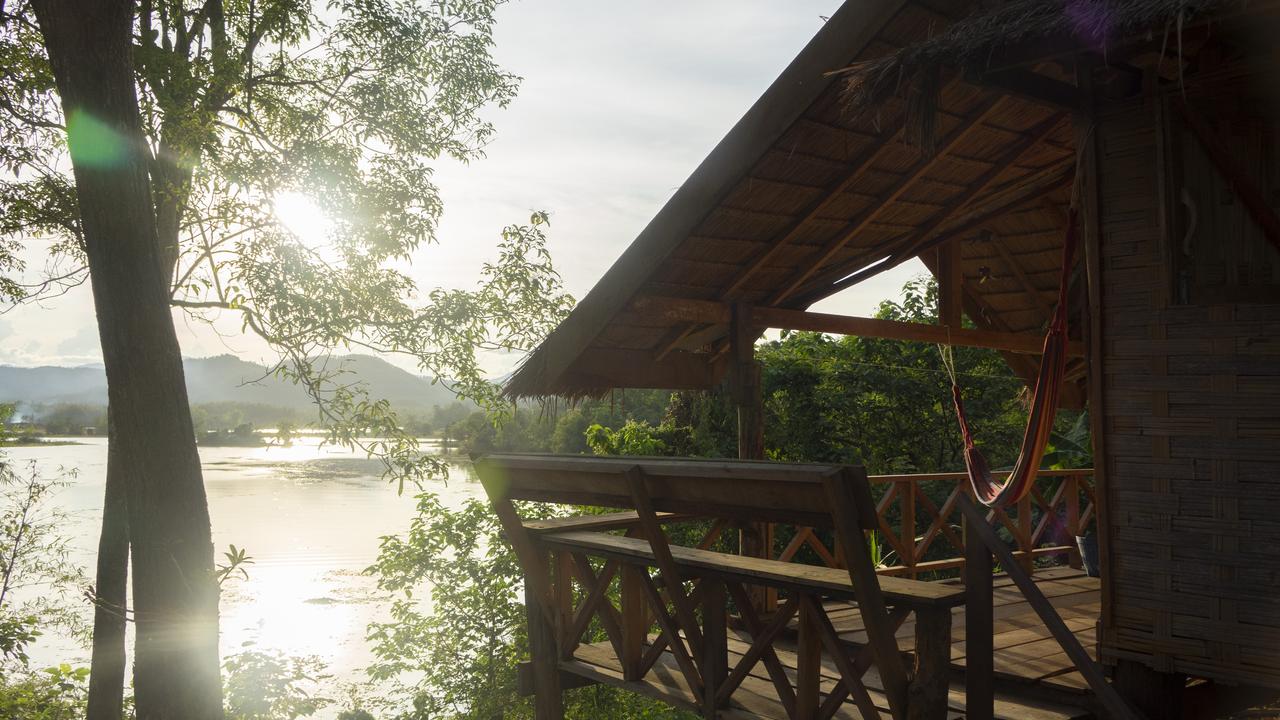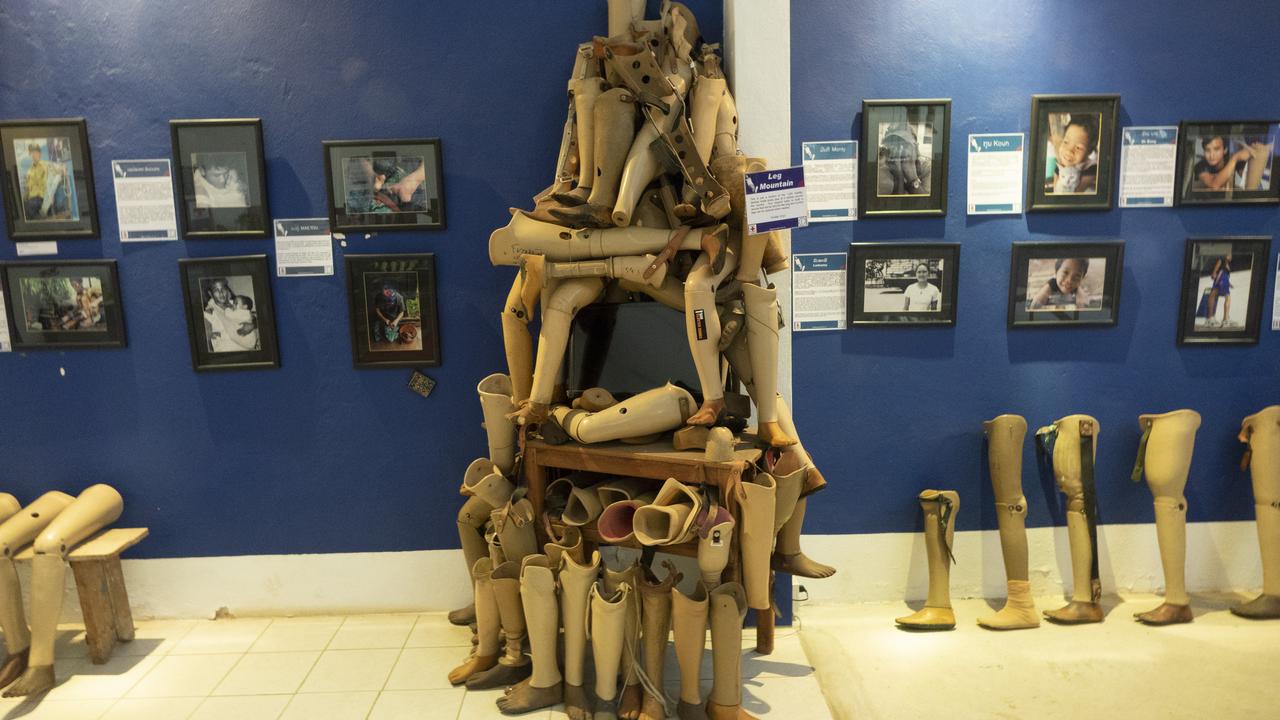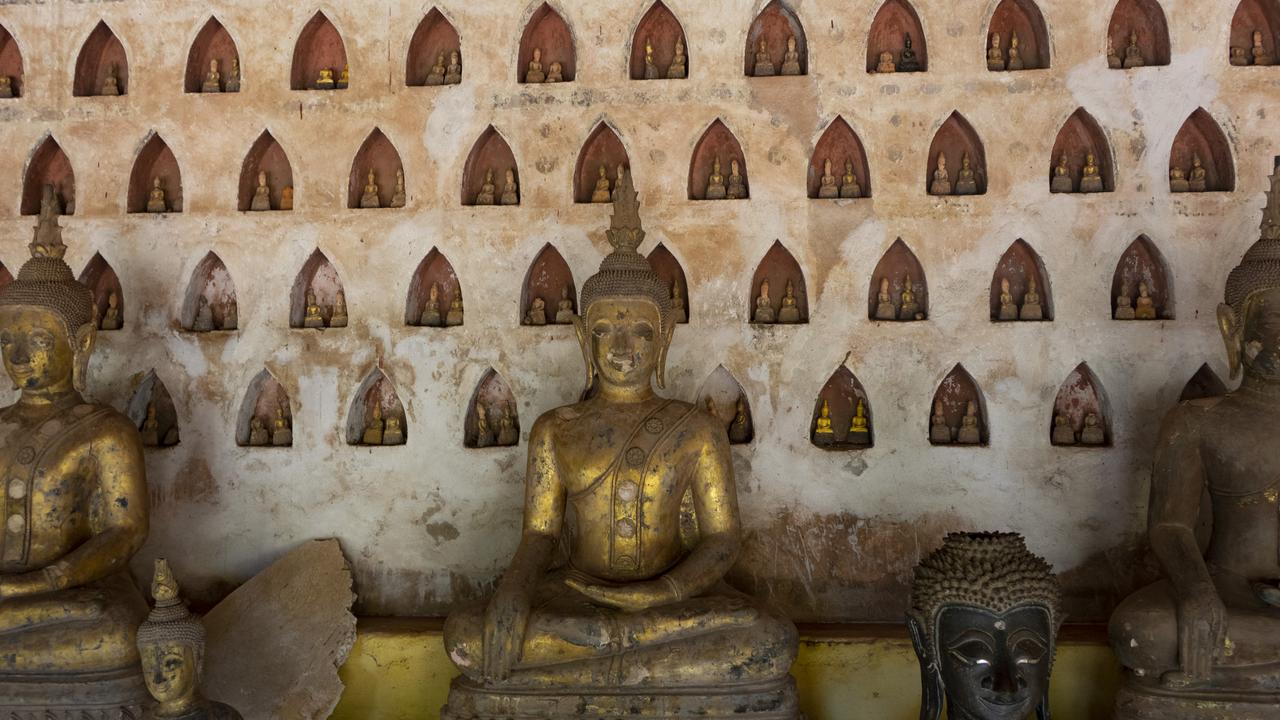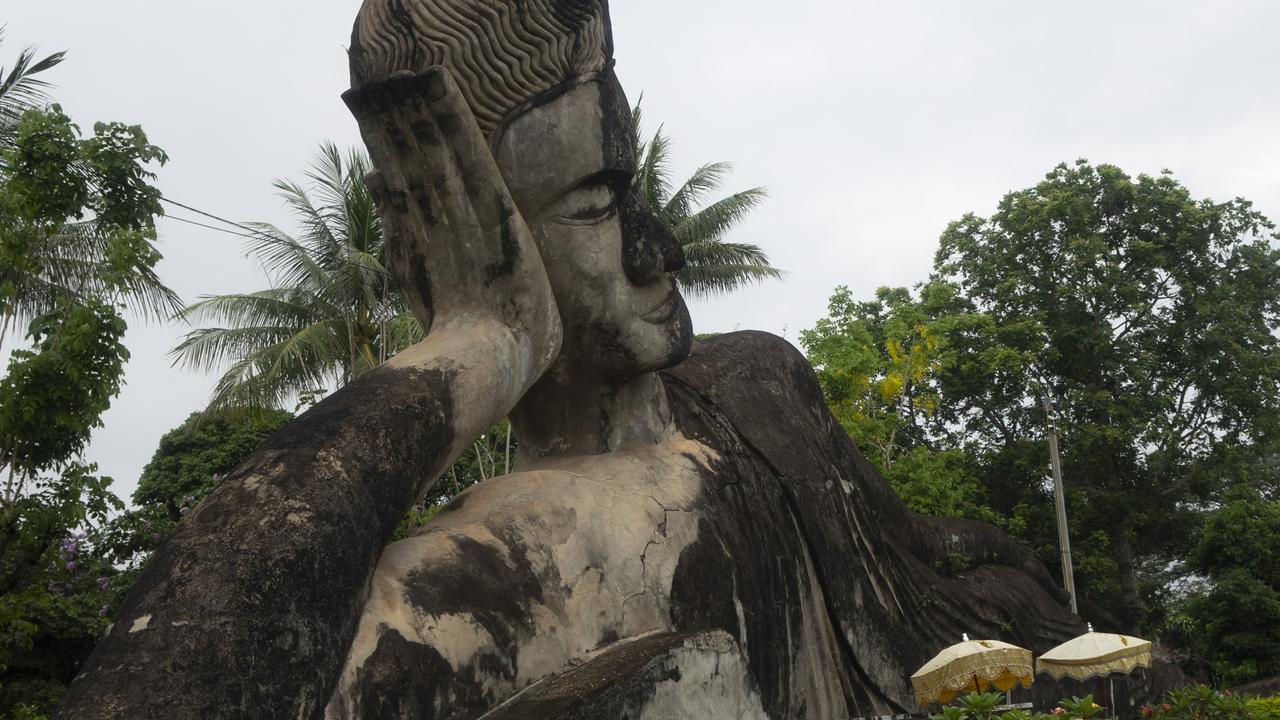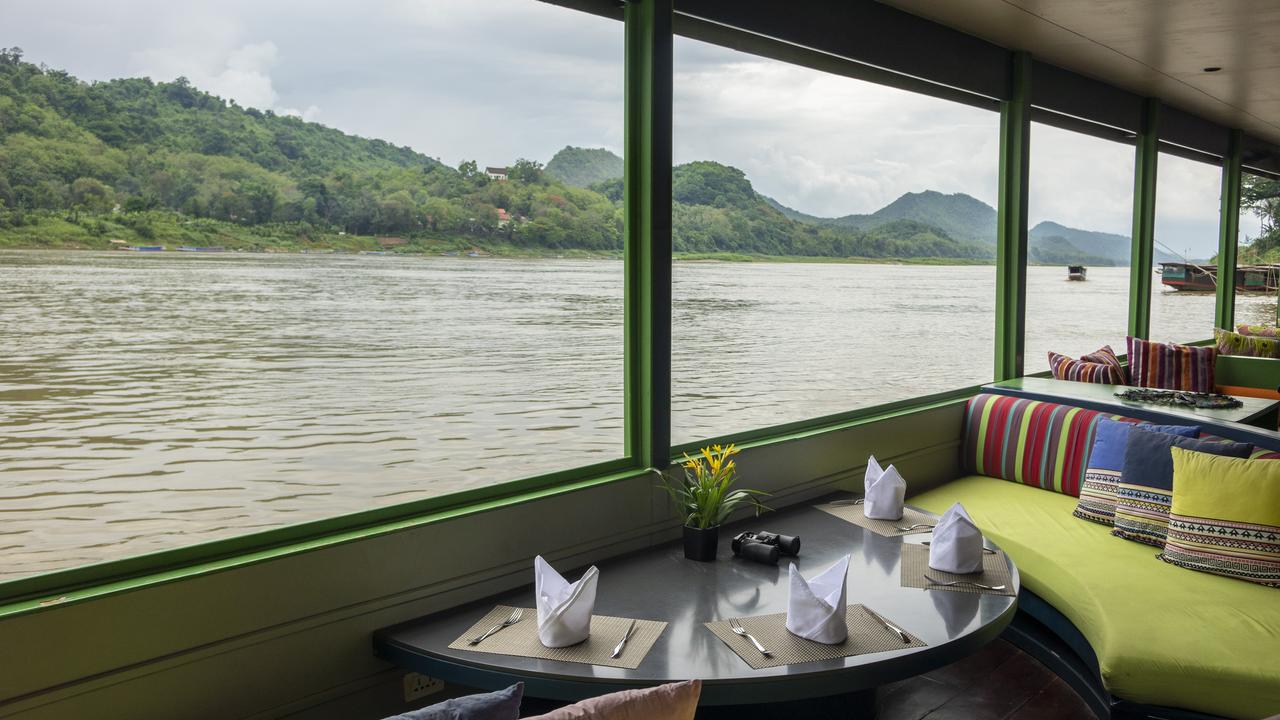Team travel journal: Lionel and Aaron in Laos
by Lionel on 19th July 2018
Image gallery
Visitors to Laos tend to have some experience of travelling around South-East Asia under their belts. When you’ve dipped your toe into familiar destinations, such as Thailand and Vietnam, it's tempting to see somewhere so close, and yet so relatively remote.
Arriving back in Laos 20 years after my first visit, and 10 years after Aaron's, we talked about what has changed since we first set eyes on the place. We’ve clocked up several visits over the past couple of decades, but this time we were taking a more rural route and seeing the country from a different angle. Would things have altered as dramatically as in other parts of Asia? Would we see a shift in rural areas similar to those in Thailand or Vietnam? Driving through the Laos countryside on the first leg of our journey, we got our answer.
Our route took us through an agricultural landscape, travelling by road and river between cities and to remote, undeveloped areas, and the contrasts were immediate. Outside of Vientiane and Luang Prabang, without the relative buzz to push everyone forwards, it struck us how rural and traditional everyday life still is. Everywhere is still very much a village, and things move at an unhurried speed. Around 85% of the population are employed in agriculture, and the rhythm of working the land dictates the structure of each day: a simple but challenging way of life. Apart from few more guesthouses and larger buildings here and there, it all felt very familiar from our past visits.
It’s easy to get bogged down with transfer times and journey length from A to B – worrying about whether a 4-hour drive is better than a 5-hour drive – but here, the drives themselves are a real highlight. Long road journeys are essential in order to access some of the remote places we went to, but they never felt like a chore. You’re not on monotonous highways, but country and mountain roads where there’s something new to see around every corner: twisting rivers, lush greenery, cloud-covered hills, and bursts of activity from farmland and villages here and there. With good company, and informed guides and drivers, you can have a laugh along the way, and enjoy the stunning scenery.
Off road, the other way to travel through rural Laos is by boat. Going with the water’s flow amplifies the unhurried pace of life – the distances are long and the speed is leisurely, forcing you to just sit back and go with it which, for us city folks, can be hard to get used to! We joined a cruise down the Mekong towards Luang Prabang, passing rugged mountain terrain on either side. Our stop-start trip along the Nam Ou gave us even more dramatic scenery – tall mountains disappearing into mists – but punctuated by the juxtaposition of the large hydro-electric dams being built along its length: modernisation reaching Laos in sudden, and rather startling, pockets.
When we stopped in the towns and villages, we found a friendly and relaxed atmosphere. Due to its almost completely agricultural economy, people are working within and very near to the village centre. If you’ve been up since dawn working in the fields, by late afternoon you’re around to spend time together as a family and community, so the sense of unity is strong. Men gather on the street to play petanque, and there’s a really sociable, easy-going feel.
One particularly inspiring project that uses the agricultural infrastructure to empower a local community is Living Lands, just outside Luang Prabang, which combines local farming expertise with eco-tourism to produce organic rice and vegetable crops, alongside hands-on homestays and a thriving restaurant. Meeting Mr Laut Lee and his dedicated staff gives you a whole new perspective on sustainable rice cultivation, which forms such an essential element of Laos’ economy.
Part of the reason for the relatively unchanging nature of everyday life here is the country’s turbulent recent past, which was never far from our minds. The sheer volume of unexploded ordinance (UXO) which remains in the landscape from the Vietnam War era is overwhelming (see this recent blog) and everyone in Laos has been affected by it in one way or another. Our visit to COPE, a charity helping people with mobility-related disability, including UXO survivors, near Vientiane was especially moving. Walking into the small visitor centre and seeing sculptures made from artificial limbs was quite visceral. It’s a tough thing to see, but I’m very glad I visited, and I would urge everyone going to Vientiane to stop here. The everyday dangers which so many people live with in Laos is shocking and humbling. It makes the fact that the Laos people are so open and friendly, and so willing to talk about the war, even more poignant.
Phongsali province, in the north of the country, is the most remote region. We stopped at Muang Khua, a great little town which is a transit point with options to go east to Vietnam, south towards Muang Ngoi and Nong Khiaw, southwest to Muang La and Udomxai, or north to Ban Samphanh for the boat to Phongsali city. Despite its proximity to Vietnam and China, this is a very laid back place with a beautiful riverside setting. You can get out and about to do some trekking, but we were happy taking time to stroll through the small local market or take a table at one of the handful of riverside bars and restaurants, just soaking up the atmosphere.
Aaron and I both love the culinary side of travel, and Laos didn’t disappoint. Aside from many fragrantly-spiced fish, meat and fresh vegetable dishes, served with sticky rice to share and socialise over, we also sampled a few more unusual treats including spatchcocked squirrel, deep-fried frogs and a few interesting bugs and grubs. The Lao whisky, or lao-lao, was a revelation! Each village brews their own and, chances are, you’ll be offered a glass at a moment’s notice, whether you’ve stopped in a shop, bumped into an acquaintance or are sitting down in the shade to chat. The white version is the standard stuff, but the green one brewed in the Phongsali region (which, a bit like absinth, is infused with herbs for a ‘medicinal effect’) packs quite a punch!
When taking in Laos’ intriguing contradictions – strong and vulnerable, laid-back and hard-working, unchanging yet alert – do so with an open mind. Even in the upmarket hotels, don’t expect everything to be polished; the service will almost always be leisurely and informal, in typical Laos style. The catch-all phrase in Laos is ‘bor pen nyang’, which translates variously as ‘no problem’, ‘that’s fine’, ‘don’t worry about it’, ‘you’re welcome’, and this is the attitude to go with: relax, it’s no problem. When you change your perspective, the journey becomes part of the adventure.
